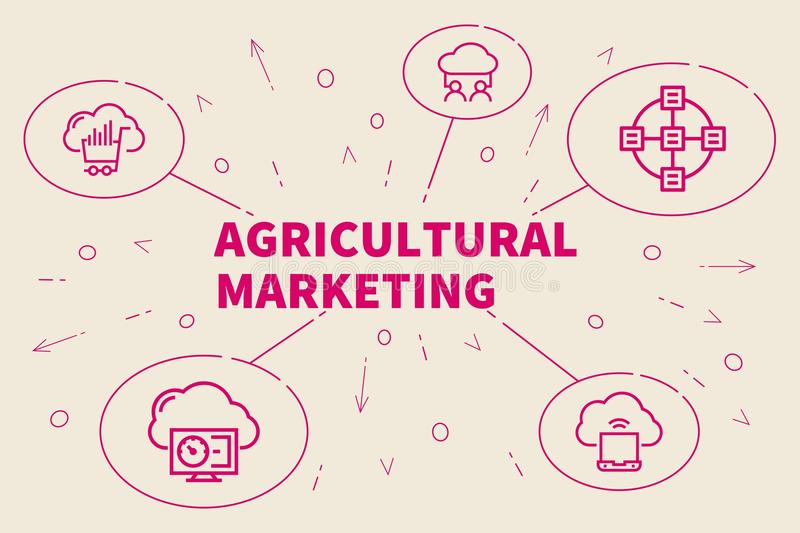Agricultural marketing is a method that includes gathering, storage, preparation, shipping, and delivery of different farming materials across the country. In agriculture marketing, the selling of an agriculture product depends on various components like the demand for the product at that time, availability of storage, etc.
Before Independence, farmers while selling their products to traders experienced massive incorrect weighing and manipulation of accounts. The farmers did not have required information about the prices and were forced to sell at low prices with no proper storage facility.
Sometimes, the product could be sold at a weekly village market in the farmer’s village or in a neighboring village. If these shops are not available, then the product is sold at irregular markets in a nearby village or town, or in the mandi. So, the government took various measures to control the activities of the traders.
The four Government Measures to Improve Agriculture Marketing are:
• The initial step was to regulate the market and plan a clean, transparent and simple marketing strategy. This regulation helped both the farmers and the consumer. But it still needs to realize the full potential of rural markets.
• The second measure was the procurement process like transportation facilities, warehouse, cold storage, godowns, and the processing unit. However, the current infrastructure is inadequate to adhere to the growing demand and therefore needs to be improved.
• The third aspect is to decide on the fair price for the product. In the past, it has been a set back due to the unequal coverage of farmer members and the absence of a suitable link between marketing, processing cooperatives, and inefficient financial management.
Example of a successful cooperative is the Gujarat milk cooperative which transformed the social and economic landscape of Gujarat.
• The last one is policies such as.
1. Guarantee of Minimum Support Prices (MSP) for agricultural products
2. Storage of surplus stocks of wheat and rice by Food Corporation of India (FCI)
3. Distribution of food staples and sugar through PDS
All these measures were penned down to guard the income of the farmers and procuring agriculture products in the subsidized rate to the underprivileged. However, in spite of government interference in agriculture marketing, private traders still dominate the agricultural markets.

